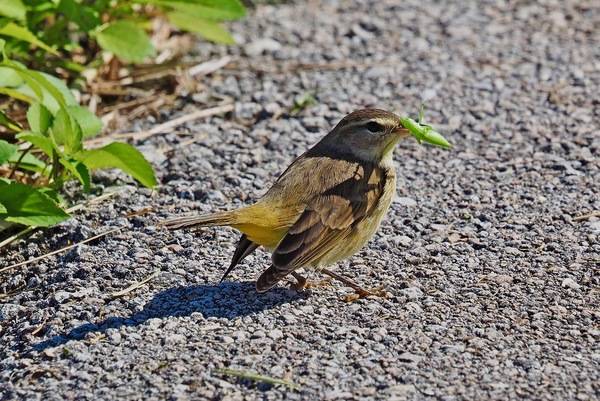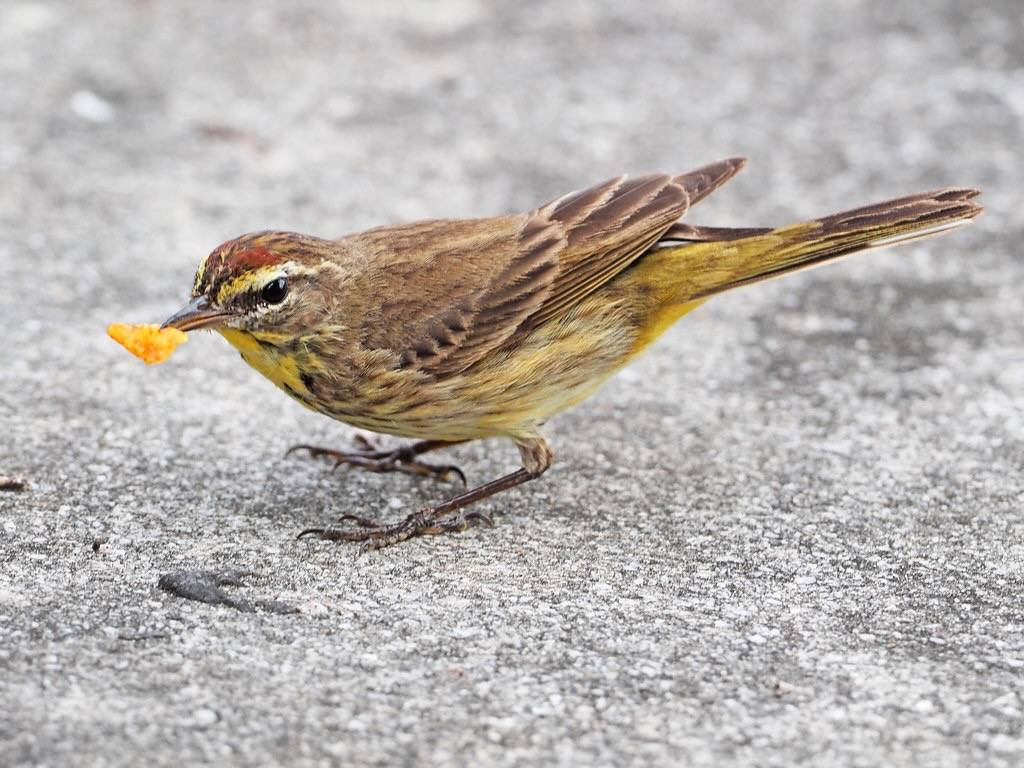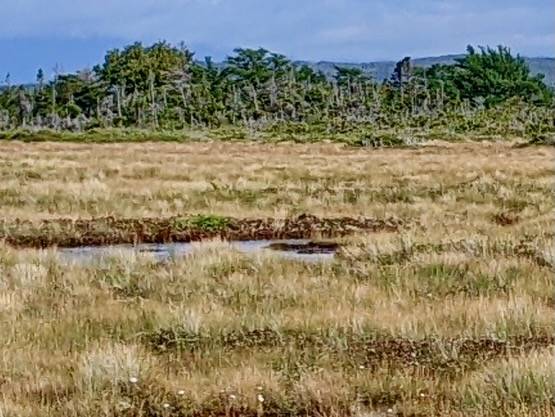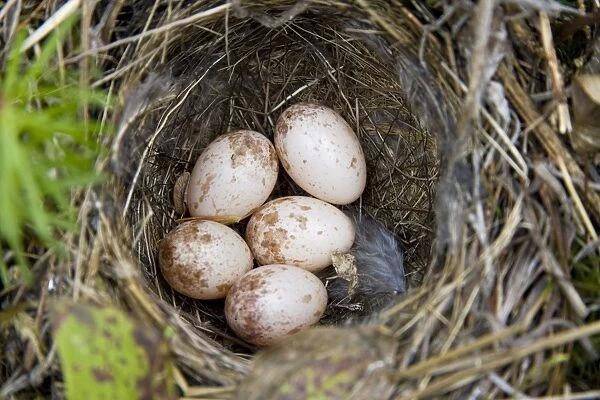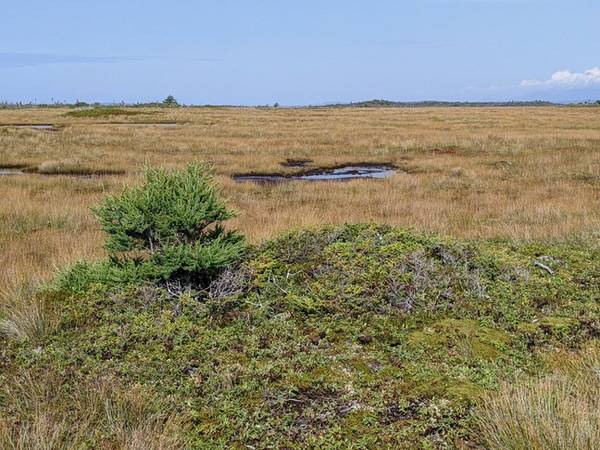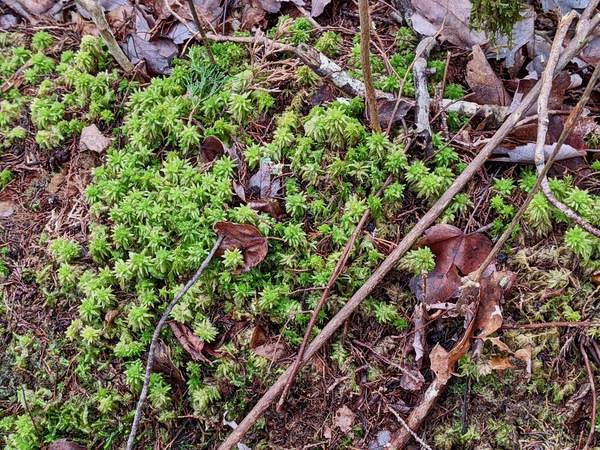Palm Warbler
Available records for Salter Grove from 2002 through 2023 show that the Palm Warbler has only been seen twice while migrating through, first in late October 2020 and then again in late September 2023.
The Palm Warbler was named based on a specimen collected on Hispaniola, the Caribbean island that consists of the Dominican Republic and Haiti--where palm trees are abundant. Contrary to what its name suggests, however, it has little to do with palm trees. Instead, it breeds in northern Canada, in bogs near boreal forests that consist of conifers. Sphagnum Warbler may be a more appropriate name since that would reflect its habit of nesting on tussocks of sphagnum moss.
It is unlike other warblers in behavior. At first sight, it might be mistaken for a pipit because of its long legs and tail. It also walks on open ground while foraging for insects rather than flit through foliage or small twigs. However, the lemony yellow feathers beneath the base of a tail that flicks up and down continuously redirects identification to that of a Palm Warbler.
All Palm Warblers are consistently brownish-gray above, have a bold but pale eyebrow as well as bright yellow feathers beneath the base of its waggly tail. However, populations in the eastern third of its breeding range in Northern Canada have bright yellow underparts whereas populations further west have less to no yellow on the breast plumage.
The eastern yellow subspecies winters mostly in the Gulf region of the southeastern United States and migrates along the East coast. This would be the likely form passing through Salter Grove. The western form winters mostly in the Caribbean Basin and migrates west of the Appalachian.
Although the Palm Warbler is mostly known as a migrant in the United States, breeding bird surveys conducted in New York's Adirondack Park during 1980-85 and 2000-05 included the Palm Warbler! Its breeding biology has not been well studied or documented relative to other warbler species because of its remote subarctic breeding ground. Perhaps existing gaps in images of eggs, nestlings, and fledglings can now be filled with studies of this southernmost breeding population.
For more information:
https://www.allaboutbirds.org/guide/Palm_Warbler
https://www.audubon.org/field-guide/bird/palm-warbler
https://animaldiversity.org/accounts/Dendroica_palmarum/
https://wildadirondacks.org/adirondack-birds-palm-warbler-setophaga-palmarum.html
https://www.youtube.com/watch?v=2zOrqLC0Tik

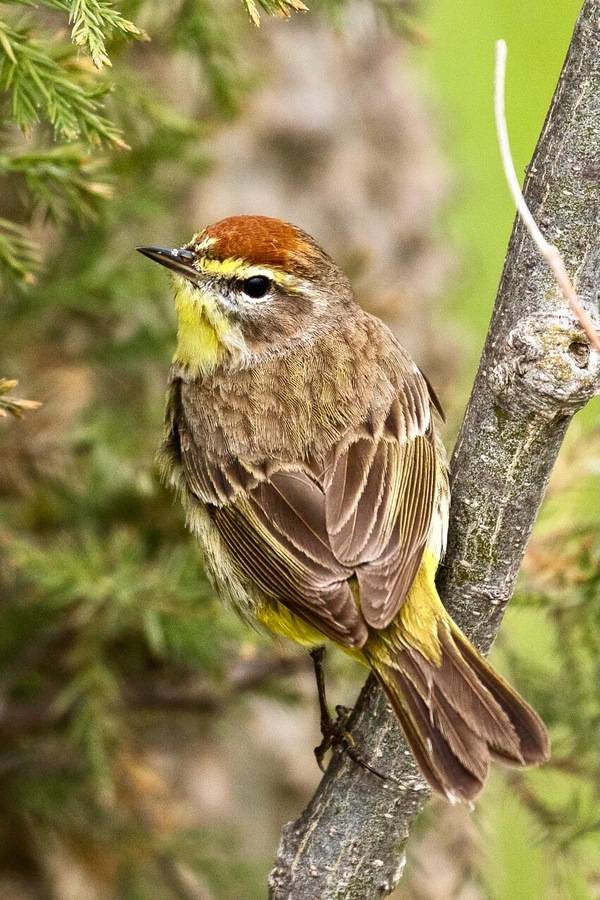
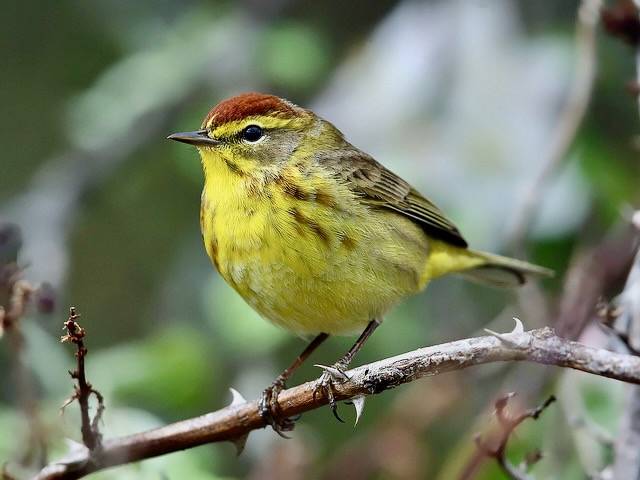
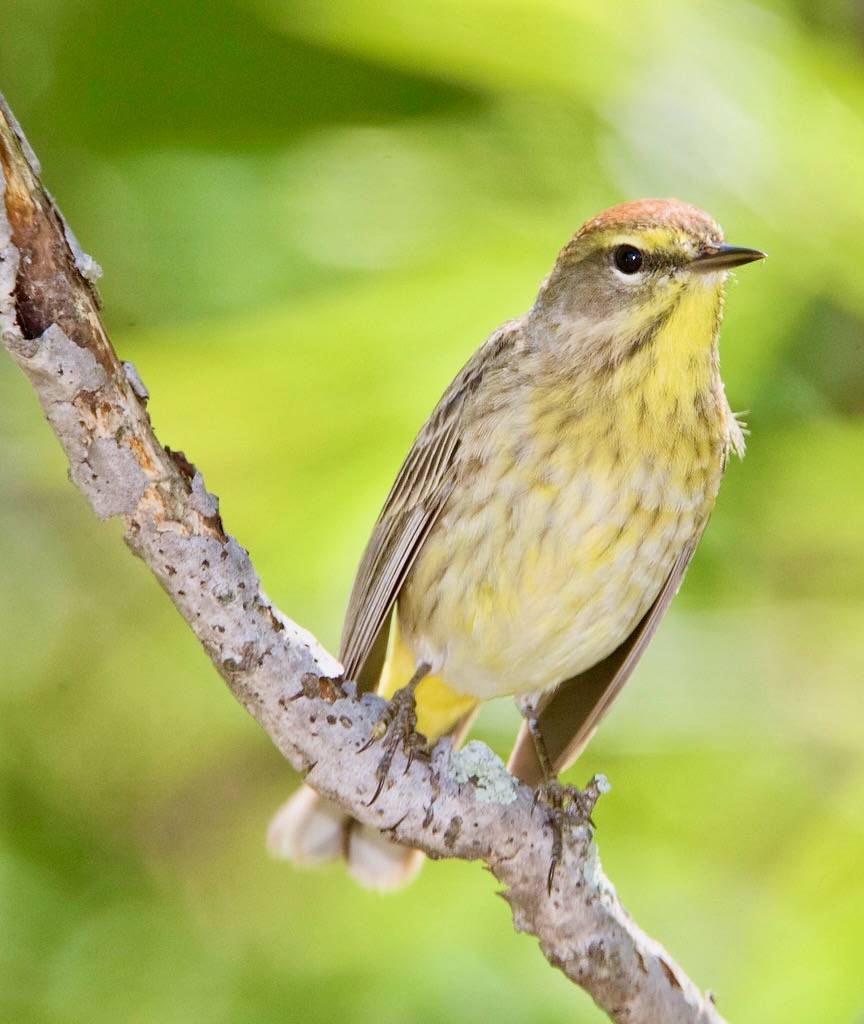
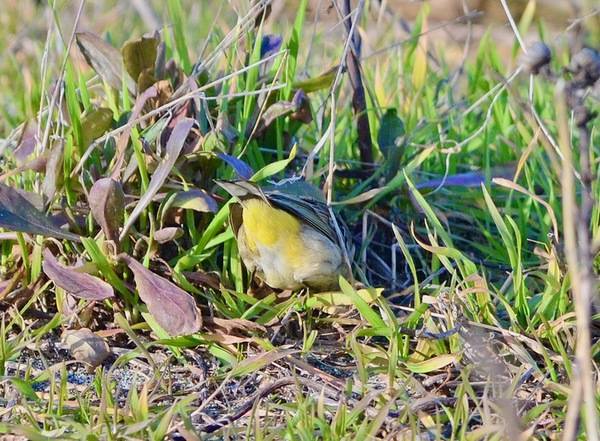
![Palm Warbler [18/100] by timsackton is licensed under CC BY-SA 2.0.](/_files/public/Bird Galleries/Palm Warbler/08 Palm Warbler 2017.jpeg?w=350?blur=10)
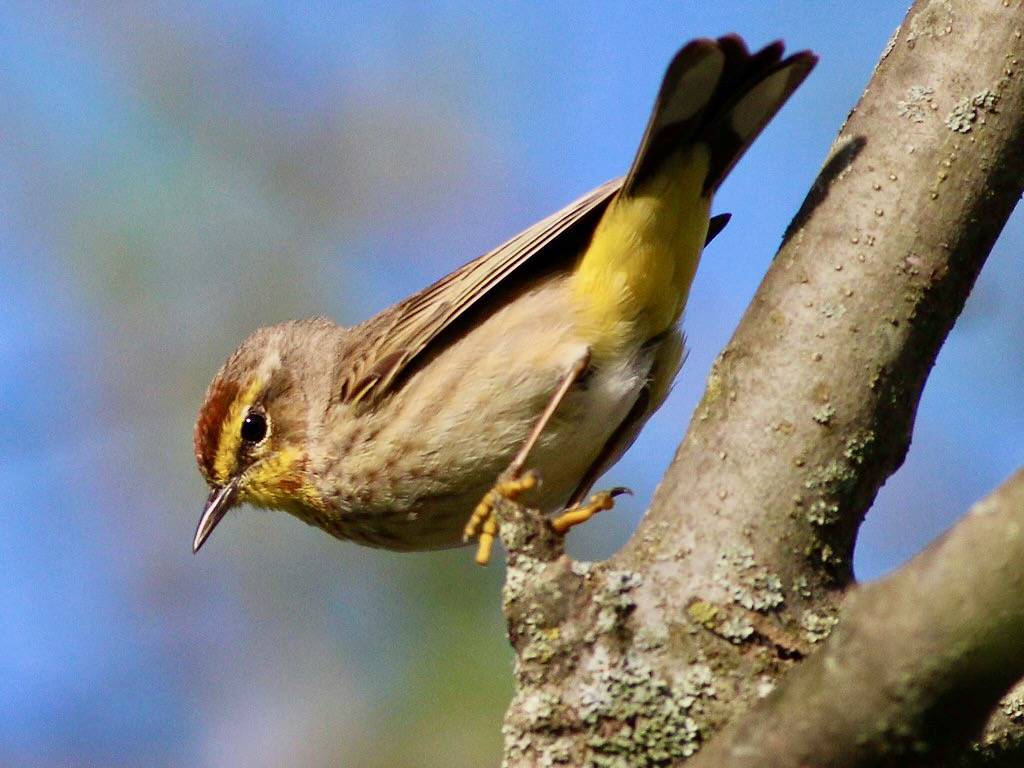
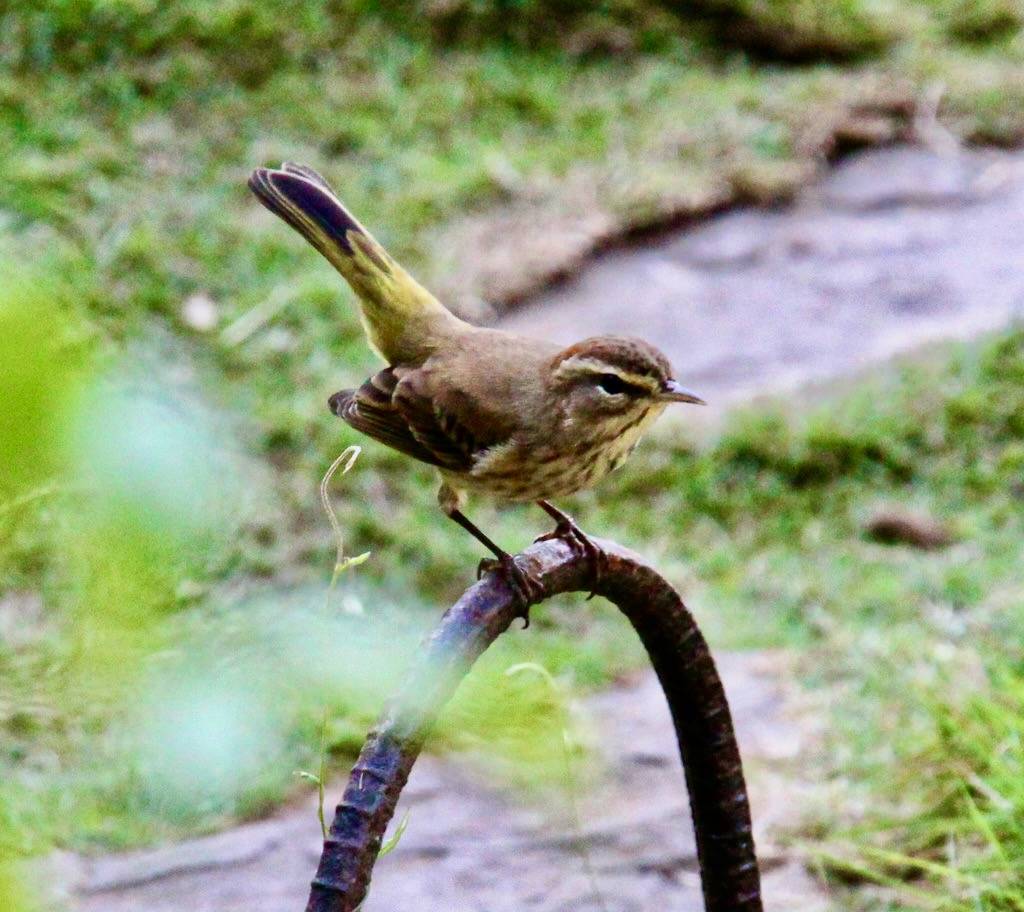
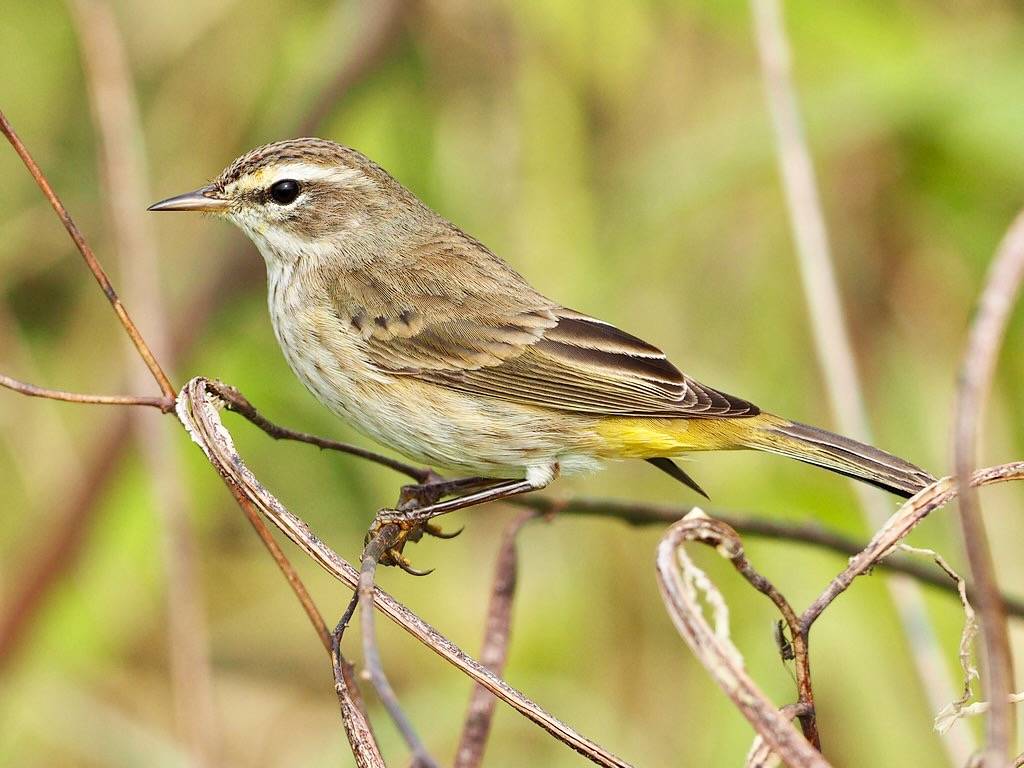
 26oct14.jpeg?w=350?blur=10)
